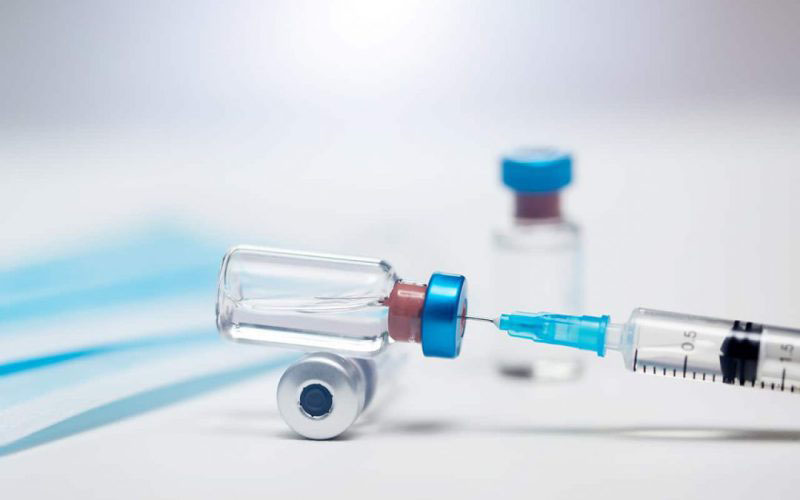Types of Healthcare Waste and Their Health Risks
11 March 2022
Staff and professionals working in the biomedical or healthcare sectors should be well informed on the potential dangers of healthcare waste. Different types of healthcare or medical waste can harm both patients and employees, pollute the environment, or violate local disposal laws – landing your organisation with a hefty fine.
Having a dedicated medical waste bin, biohazard container, and clinical waste bins in Australia are great and necessary measures in the proper management of healthcare waste. However, it is also important for those handling healthcare waste to be aware of the different types of waste and their risks – as well as understand the disposal methods that help mitigate these risks.
Infectious and Biohazardous Waste
Infectious and biohazardous waste are two of the most common types of waste generated by healthcare facilities.
Infectious and biohazardous waste is any waste that is possibly contaminated by a patient’s bodily fluids (such as blood, spit, and pus) or infected agents from laboratory work. Examples of infectious waste are bloody bandages, laboratory samples, and diagnostic swabs.
Meanwhile, pathological waste refers specifically to human tissues, organs, and fluids, or even carcasses of infected animals.
Contact with an infectious lab sample or fluid from an infected patient could pass on the infection to otherwise-healthy patients, employees, and even passers-by.
The safest way to dispose of infectious and biohazardous waste is to keep them in a separate medical waste bin or biohazard container. Dispose of all biohazardous waste and samples promptly and schedule regular pick-ups. Be sure not to fill up containers to the brim as that increases the risk of mishandling and accidental spills.
Sharps Waste
Sharps waste refers to discarded medical sharp objects, including syringes, needles, and disposable scalpels and other instruments used in surgery.
Sharps waste carry multiple risks and your facility needs to be particularly careful when disposing of this type of waste. Sharps that are not properly disposed of could injure or cut another patient or an employee. If you do not separate sharps from your other trash, then the person in charge of waste disposal could also get injured.
Furthermore, if a syringe or needle was previously used on a patient with an infection such as HIV, there is a risk of transmitting that infection to a person who gets injured by an improperly discarded sharp.
Every healthcare facility needs to dispose of sharps waste in a dedicated sharps container in Australia. An approved sharps container helps keep sharps disposed safely, separate from other waste. Sharps containers have strengthened walls to prevent accidental punctures. Dispose of all sharps immediately after use.
Chemical Waste
Most healthcare facilities deal with various chemicals. These can include disinfectants, solvents used in laboratory testing, and even mercury from broken thermometers. Sometimes, pharmaceutical waste (expired or unused medicine and vaccines) is classified under chemical waste.
The risks associated with chemical waste depend on the type of chemical. For example, mercury is extremely toxic when touched or when a person is in close proximity to it. Other types of chemicals can cause burns when not handled properly.
Pharmaceutical waste pollution is a big problem when it spreads into the environment due to improper disposal. For instance, the prevalence of antibiotics in the environment has created strains of antibiotic-resistant bacteria.
Rarer Types of Waste
There are other types of waste that only certain medical facilities would come into contact with. For example, cytotoxic waste, or waste dealing with substances that can kill off cells and genes, is usually found in cancer treatment and research facilities. Radioactive waste is also less common and mostly found in facilities that deal with radioactive testing and treatment.
Both radioactive and cytotoxic waste are highly dangerous and even deadly when leaked, which is why the regulations surrounding disposal of these types of waste are especially stringent.
Ensure Proper Disposal of Healthcare Waste
A good amount of waste generated by a healthcare facility is generic rubbish that is not hazardous. However, there are a few types of hazardous medical waste that can be harmful to employees and the public if not disposed of properly. A facility that produces or manages healthcare waste needs to be knowledgeable about the different types of waste and their associated risks to ensure everyone’s safety.
For high-quality clinical waste bins in Australia, look no further than Sharpsafe. As a Australian owned and operated supplier of medical waste containers, we offer reliable and cost-effective waste management solutions. Contact us to find out more.


